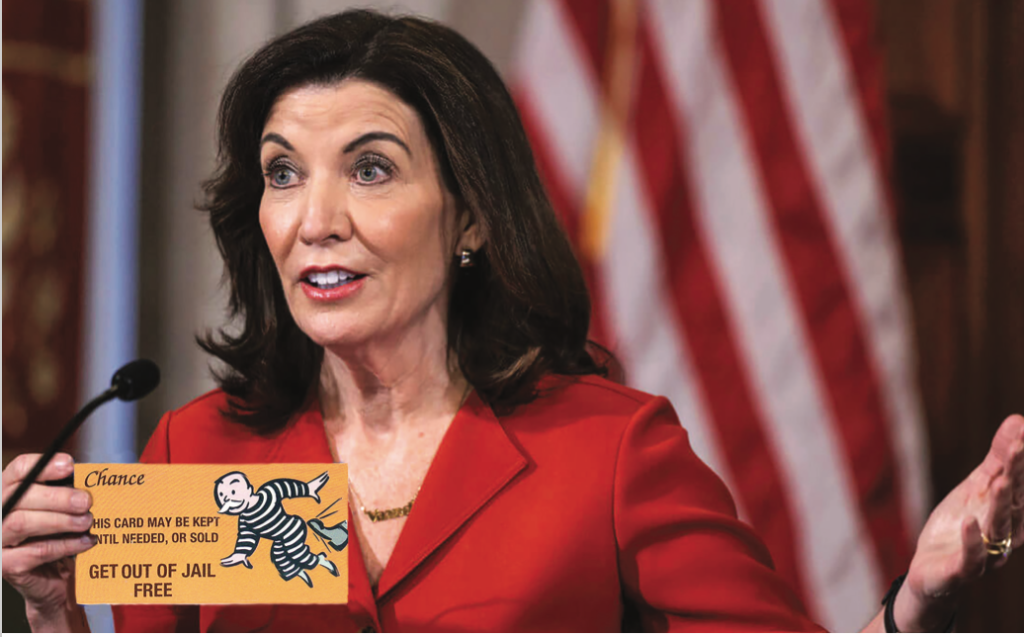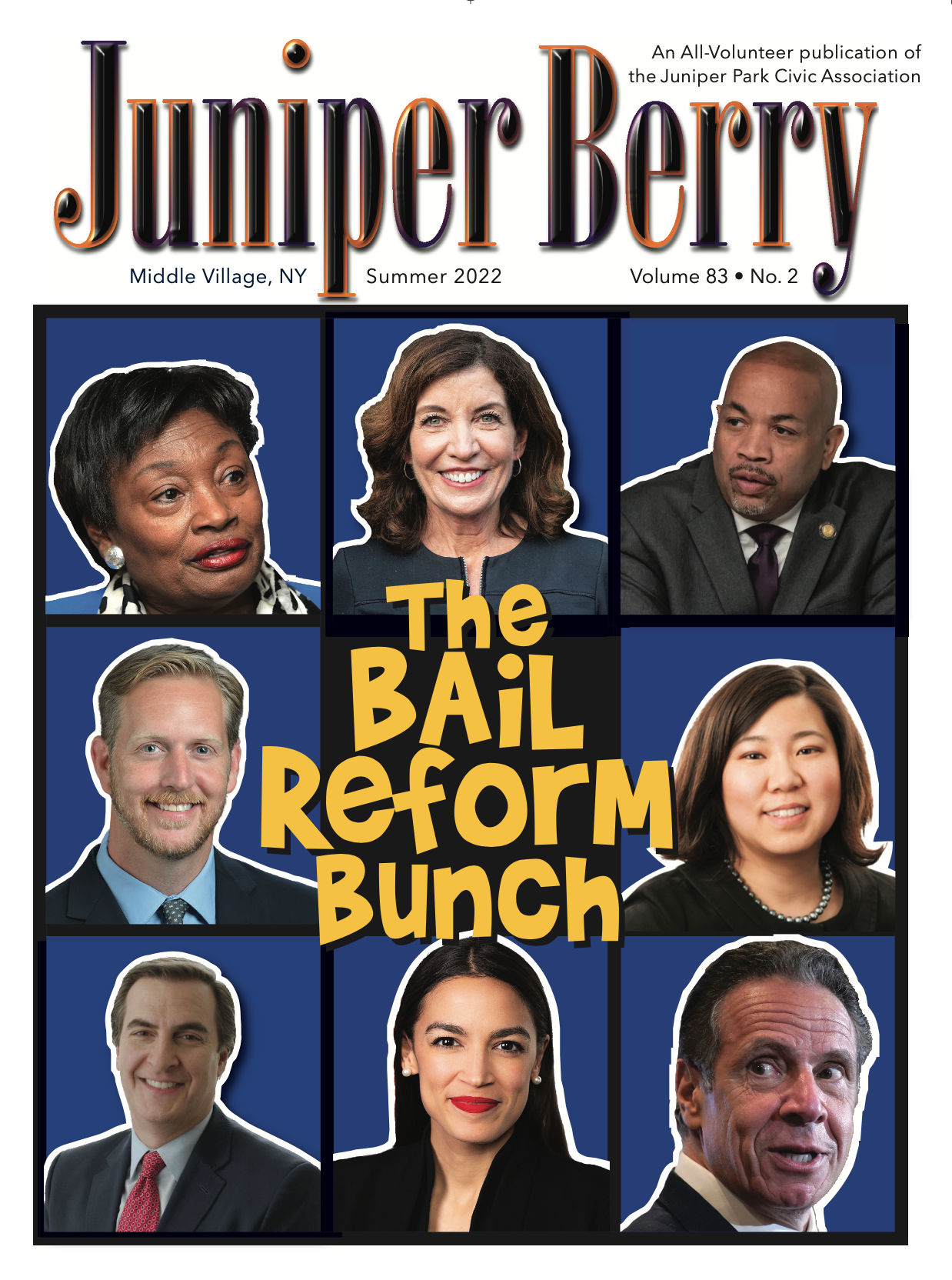If the crime rate in New York City in 2019 had stayed the same in 2020 and 2021, there would be 301 more New Yorkers alive today and 1900 fewer shooting victims. What happened? Bail “reform.”
Data posted on the website of the New York State Office of Court Administration (OCA) clearly shows that the bail reform laws passed by the NYS legislature in 2020, which went into effect on July 1, 2020 to correct the disastrous 2019 reforms, did not go nearly far enough. An analysis of the data, covering arrests made from July 1, 2020 through August 30, 2020, the first two months of the new law, proves what many prosecutors and police have been saying for the past two years – the rise in crime in NYC is due to repeat offenders being released back onto the streets after arrest.
The usual progressive advocates tout portions of an analysis done by the Albany Times Union showing only 2% of defendants released under the new bail laws were “arrested for a violent felony offense while their case was pending.” That is technically true, but that 2% statistic is irrelevant to the debate over the new laws, and, in fact, they are interpreting the numbers incorrectly. The analysis they did took all the arrests in the state where the defendant was eligible for release under the new law – over 100,000 cases – and looked at just violent felony re-arrest rates for those defendants. Included in that 100,000 cases were first time offenders charged with shoplifting, petty larceny, driving under the influence, trespassing and every oth- er misdemeanor arrest, as well as first time nonviolent felony offenders. These are cases where bail was very rarely set even under the “pre-reform” bail law, absent very unusual circumstances. They ignored tens of thousands of non-violent felony and misdemeanor arrests for those defendants.
If you look at defendants arrested for felonies during the first two months of the 2020 bail laws, from July 1, 2020, to August 30, 2020, you see a far different story. Here’s what the data shows:
In New York City during that period, 3,680 defendants were arraigned for felonies. Fully 70% of them (2,564) had a prior conviction or pending case when they were arrested. Among the 2,564, there were 2,401 pending cases, and more than 11,539 prior convictions. These were not first-time offenders. They weren’t even last-time offenders. The OCA data shows that 31% of them were re-arrested before their case was disposed. But note the qualifier here – “before their case was disposed.” That number does not include arrests while awaiting sentence or after sentence. In fact, OCA initially included those arrests with the data but then quickly “corrected” it, eliminating almost 16,000 re-arrests, thereby reducing the re-arrest rate.
Looking more closely at these felony arrests, 594 of these 2,564 defendants had a prior pending violent felony offense – burglary, attempted murder, assault, rape, or kidnapping – when they were arraigned. Incredibly, 190, or one in three of them, were released on no bail on their new case.
58% of these defendants (111 out of 190) were arrested again before their case was disposed.
915 of these felony defendants had a prior pending non-violent felony arrest – car theft, grand larceny, drugs, and commercial burglary, for example, when they were arrested. 375 of them were released on no bail. 62% of them (231 defendants) were arrested again before their case was disposed.
89% of the defendants arrested for home burglaries between July 1 and August 30, 2020, had a prior or pending case. Of the 73 of them released on no bail, 40 of them, or 55%, were re-arrested while their case was pending. (Interestingly, only 15% of the defendants charged with home burglary who had bail set were re-arrested). For repeat commercial burglars, the re-arrest rate was 59%, for robbery 2nd degree it was 38%. The same was true for almost every repeat felony offender. Not just felonies, but misdemeanors too – for petty larceny, the re-arrest rate was 50%, unauthorized use of a motor vehicle – 45%.
Our criminal justice system has boiled down to: Commit crime, get arrested, get out, repeat. Our legislators must allow judges to remand people who are a danger to public safety, a change previously supported by former Mayor deBlasio, former Chief Judge Jonathan Lippman, and then-Brooklyn Borough President, now Mayor, Eric Adams, among others, in a 2015 press release.
Our politicians have simply been ignoring what’s been happening on the street. It’s as if all the additional crime victims are merely acceptable collateral damage of their progressive agenda. When do victims get factored into the debate over bail reform?



